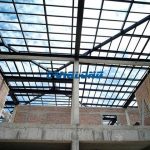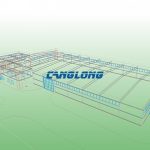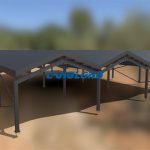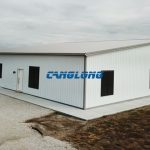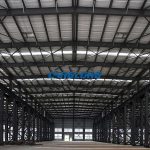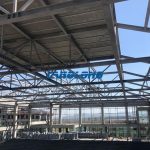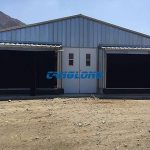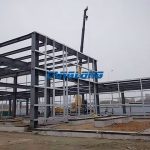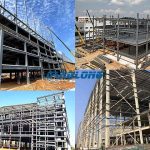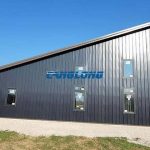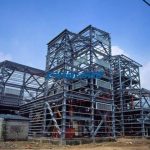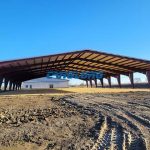Features of single-slope steel buildings
Single-slope steel building is a common form of building structure widely used in industrial, commercial and agricultural fields. The design and use of this architectural form has many advantages, some of the main ones are detailed below.
High structural strength
Single-slope steel buildings mainly use steel as structural materials, so they have high structural strength. This enables this building form to withstand larger loads and wind and other external forces, ensuring the stability and safety of the building.
Great design flexibility
Single-slope steel buildings have greater design flexibility and can be designed and adjusted differently according to usage needs. This architectural form can easily meet design requirements such as large spans, high-rise heights, and complex shapes, providing users with more flexible building spaces.
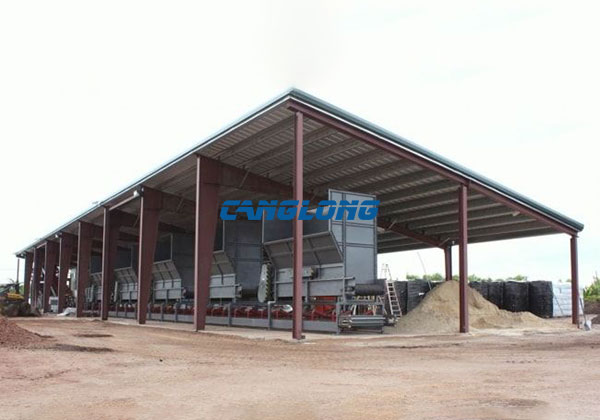
Fast construction
Construction of single-slope steel buildings is relatively fast because the steel structure can be prefabricated in a factory and then transported to the site for assembly. This construction method can reduce the construction period, improve construction efficiency, and save time and costs for users.
Environmentally friendly and sustainable
Compared with traditional concrete buildings, the production and construction process of single-slope steel buildings causes less pollution to the environment, and waste is easily recycled. At the same time, steel is also a reusable material, making single-slope steel buildings an environmentally friendly and sustainable building form.
Better economics
The material cost of single-slope steel buildings is relatively low, and the maintenance costs are also low. This type of building has a long service life, can reduce the user’s maintenance and replacement costs, and has good economics.
To sum up, single-slope steel buildings have the advantages of high structural strength, great design flexibility, fast construction speed, environmental sustainability and good economy. Therefore, it has been widely used in many fields, providing users with more efficient, safe, flexible and environmentally friendly building spaces.
